Home>Gardening & Outdoor>Landscaping Ideas>Can You Fertilize When Grass Is Wet
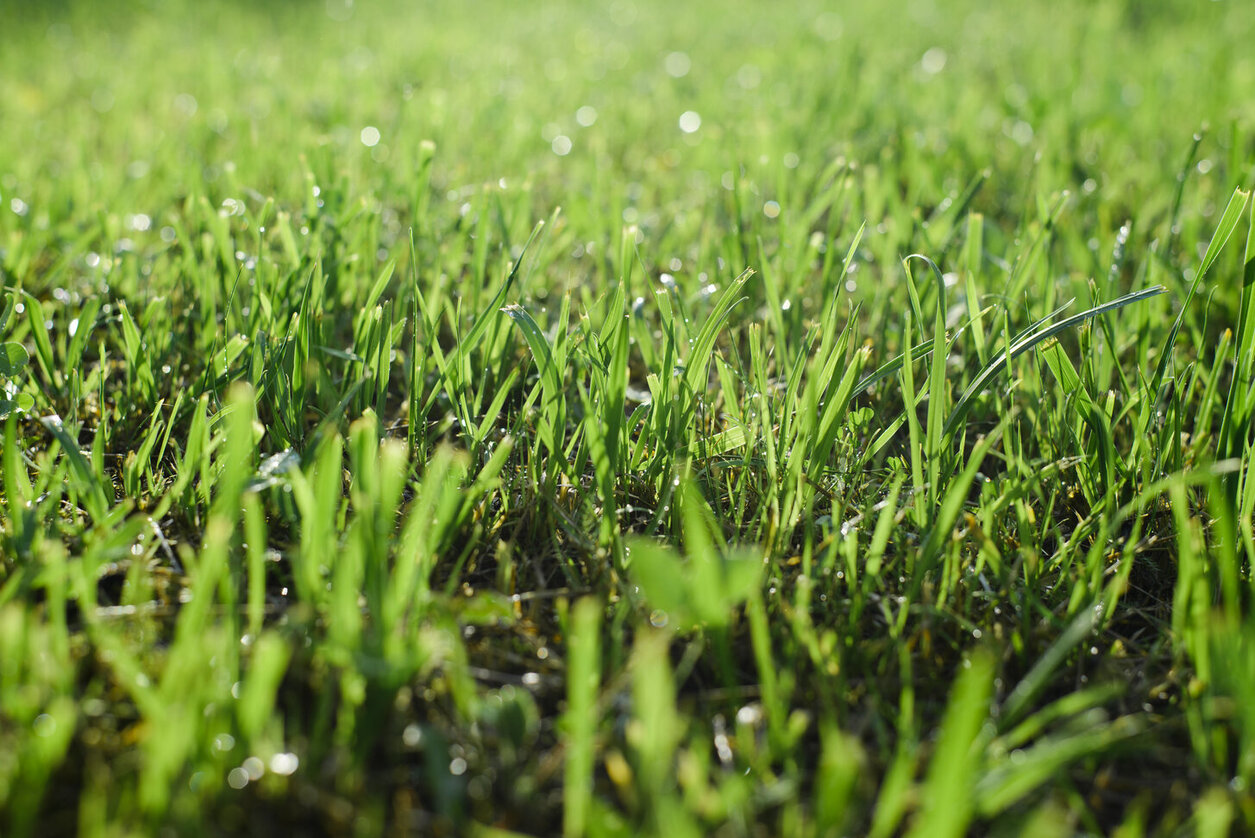

Landscaping Ideas
Can You Fertilize When Grass Is Wet
Modified: March 27, 2024
Learn the best landscaping ideas for fertilizing when grass is wet. Discover the dos and don'ts for effective lawn care.
(Many of the links in this article redirect to a specific reviewed product. Your purchase of these products through affiliate links helps to generate commission for Storables.com, at no extra cost. Learn more)
Introduction
Landscaping enthusiasts and homeowners alike take pride in maintaining a lush, vibrant lawn. One essential aspect of lawn care involves fertilization, a practice that nourishes the soil and promotes healthy grass growth. However, a common question that arises is whether it is acceptable to fertilize when the grass is wet. This article delves into this query, exploring the factors to consider, the potential risks, and the best practices for fertilizing wet grass. By understanding the nuances of this topic, you can make informed decisions to optimize the health and beauty of your lawn.
Key Takeaways:
- Fertilizing wet grass can lead to uneven distribution, runoff, and nutrient leaching, potentially harming the lawn’s health and aesthetic appeal. Careful timing and granular fertilizers can help mitigate these risks.
- Choosing the right fertilizer, assessing moisture levels, and timing applications carefully are crucial for successful fertilization of wet grass. Following best practices can promote healthy grass growth and minimize potential hazards.
Read more: Can I Mow Grass When Wet
Factors to Consider
When contemplating fertilizing wet grass, several crucial factors come into play. The moisture level of the grass, the type of fertilizer being used, and the weather conditions all influence the effectiveness and safety of fertilization.
Firstly, the moisture content of the grass is a primary consideration. Wet grass can result from various sources, including dew, rainfall, or irrigation. It’s essential to assess the degree of wetness, as slightly damp grass may differ from thoroughly saturated turf. The type of fertilizer is another crucial factor. Some fertilizers are designed to be applied to dry grass, while others are formulated to be used on wet grass. Understanding the specific requirements of the fertilizer is imperative for achieving optimal results.
Moreover, the prevailing weather conditions should not be overlooked. Fertilizing during heavy rain or thunderstorms is inadvisable, as the fertilizer may be washed away, leading to ineffective absorption and potential environmental impact. Conversely, a light drizzle or mist might provide the ideal level of moisture for fertilization.
Additionally, the grass’s health and the time of day should be taken into account. Fertilizing stressed or unhealthy grass, especially when wet, may exacerbate existing issues. Similarly, the time of day can influence the success of fertilization, as applying fertilizer during the cooler hours of the morning or late afternoon may yield better results than doing so in the heat of midday.
Considering these factors is crucial for making an informed decision about fertilizing wet grass. By carefully evaluating these elements, you can determine the most suitable approach to nourishing your lawn while minimizing potential risks.
Risks of Fertilizing Wet Grass
While the idea of fertilizing wet grass may seem convenient, it is not without its risks. Understanding the potential drawbacks can help you make an informed decision and avoid unintended consequences.
One of the primary risks of fertilizing wet grass is the uneven distribution of the fertilizer. When the grass is wet, the fertilizer may adhere unevenly, leading to patchy or inconsistent coverage. This can result in uneven growth and coloration, detracting from the overall aesthetic appeal of the lawn.
Furthermore, fertilizing wet grass can increase the likelihood of fertilizer runoff. Excessive moisture can cause the fertilizer to wash away before it has been properly absorbed, leading to wastage and potential environmental impact. Runoff can also contribute to water pollution, posing risks to aquatic ecosystems and wildlife.
In addition, fertilizing wet grass may lead to nutrient leaching. When the grass is saturated, the nutrients from the fertilizer may leach into the soil too quickly, reducing their availability to the grass roots. This can diminish the efficacy of the fertilizer and result in suboptimal nourishment for the grass.
Another risk to consider is the potential for turf damage. Wet grass is more susceptible to compaction and tearing, especially when walking or using equipment on the lawn during the fertilization process. This can harm the grass and soil structure, potentially impeding healthy growth and resilience.
Moreover, fertilizing wet grass in certain weather conditions, such as during heavy rain or thunderstorms, can pose safety risks to the individual applying the fertilizer. Slippery surfaces and inclement weather may increase the likelihood of accidents and injuries.
By being aware of these risks, you can approach the decision to fertilize wet grass with caution and consideration. Implementing best practices and mitigating potential hazards can help you achieve successful and sustainable lawn care outcomes.
It’s best to avoid fertilizing when the grass is wet, as the fertilizer can stick to the wet grass blades and cause damage. Wait for the grass to dry before applying fertilizer for best results.
Best Practices for Fertilizing Wet Grass
While fertilizing wet grass presents challenges, adhering to best practices can help mitigate potential risks and optimize the effectiveness of the fertilization process. By following these guidelines, you can promote healthy grass growth and contribute to the overall well-being of your lawn.
- Choose the Right Fertilizer: Select a fertilizer specifically formulated for use on wet grass. These products are designed to adhere to moist surfaces and facilitate proper absorption, enhancing the efficiency of the application.
- Assess the Moisture Level: Before fertilizing, assess the moisture level of the grass. Slightly damp grass may be suitable for fertilization, while thoroughly saturated turf may pose challenges. Avoid fertilizing during heavy rain or when the grass is excessively wet.
- Opt for Granular Fertilizers: Granular fertilizers are often more suitable for application on wet grass compared to liquid formulations. Granules are less prone to runoff and can adhere to the grass more effectively, promoting balanced coverage.
- Time the Application Carefully: Choose an appropriate time for fertilization, such as early morning or late afternoon. Avoid applying fertilizer during the heat of midday or during inclement weather to minimize the risk of runoff and maximize absorption.
- Use Caution When Walking on Wet Grass: If it is necessary to walk on the lawn during fertilization, exercise caution to minimize compaction and damage to the grass. Consider using a walk-behind spreader to disperse the fertilizer evenly without excessive foot traffic.
- Monitor Weather Forecasts: Stay informed about weather conditions to plan the fertilization process accordingly. Avoid fertilizing when heavy rain or thunderstorms are imminent to prevent runoff and ensure the optimal uptake of nutrients by the grass.
- Follow Recommended Application Rates: Adhere to the manufacturer’s guidelines regarding the proper application rates for the fertilizer. Over-application can lead to nutrient imbalances and potential harm to the grass, while under-application may yield suboptimal results.
By incorporating these best practices into your approach to fertilizing wet grass, you can enhance the likelihood of successful outcomes while minimizing potential risks. Thoughtful consideration, proper timing, and adherence to recommended guidelines are key to achieving a healthy and vibrant lawn.
Conclusion
As you navigate the realm of lawn care and maintenance, the decision to fertilize wet grass warrants thoughtful consideration and a nuanced approach. While fertilizing under such conditions presents challenges and potential risks, it is not necessarily a prohibitive practice. By carefully evaluating the moisture level of the grass, selecting the appropriate fertilizer, and adhering to best practices, you can optimize the effectiveness of the fertilization process.
It is essential to recognize that the success of fertilizing wet grass hinges on factors such as weather conditions, the type of fertilizer used, and the overall health of the grass. By assessing these elements and implementing prudent strategies, you can work towards promoting robust grass growth and a visually appealing lawn.
Ultimately, the decision to fertilize wet grass should be informed by a holistic understanding of the nuances involved, coupled with a commitment to responsible lawn care practices. By exercising caution, monitoring weather forecasts, and following recommended guidelines, you can navigate the complexities of fertilization with confidence and contribute to the long-term vitality of your lawn.
Embracing a mindful and informed approach to fertilizing wet grass empowers you to cultivate a thriving and resilient lawn, enhancing the beauty of your outdoor space and fostering a welcoming environment for leisure and relaxation.
Frequently Asked Questions about Can You Fertilize When Grass Is Wet
Was this page helpful?
At Storables.com, we guarantee accurate and reliable information. Our content, validated by Expert Board Contributors, is crafted following stringent Editorial Policies. We're committed to providing you with well-researched, expert-backed insights for all your informational needs.
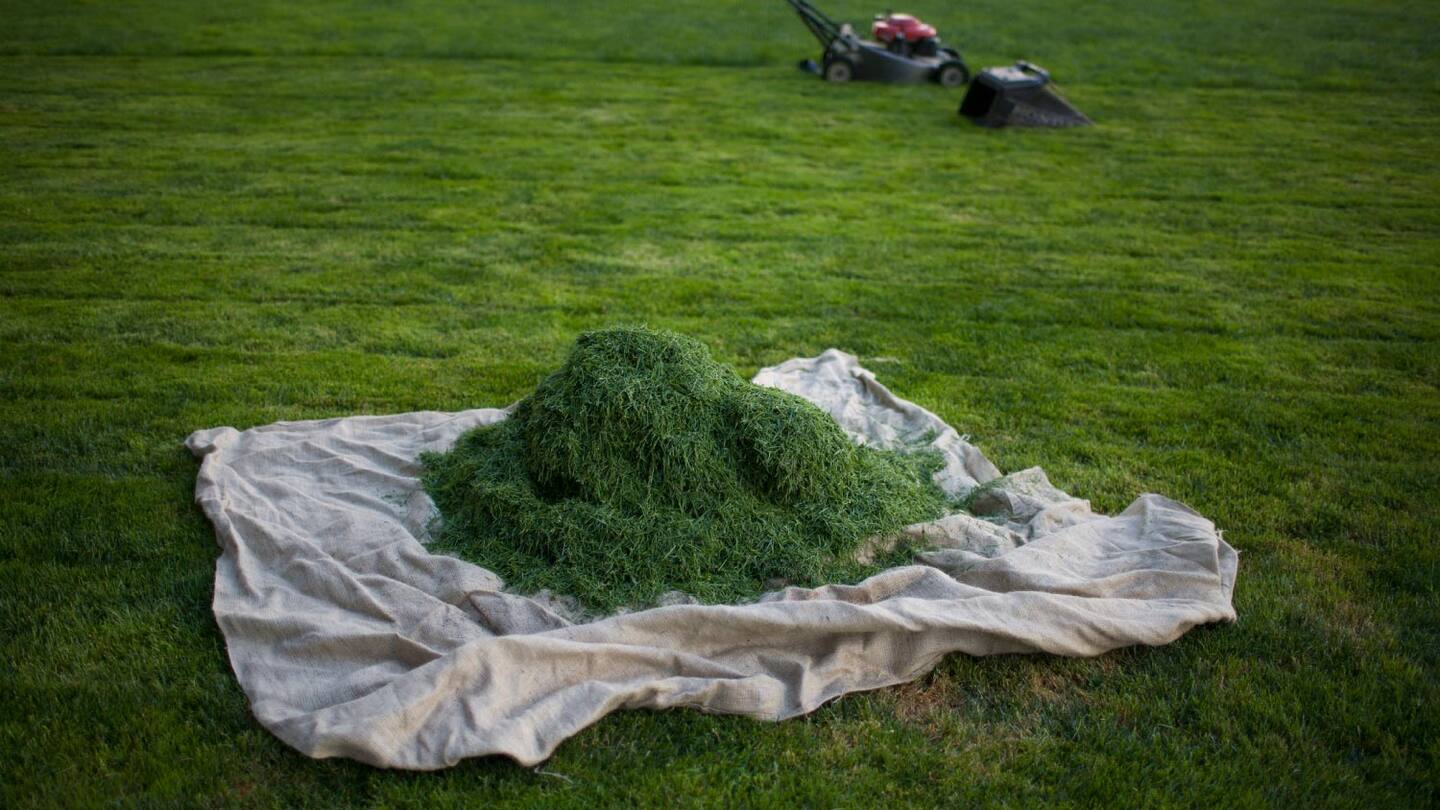
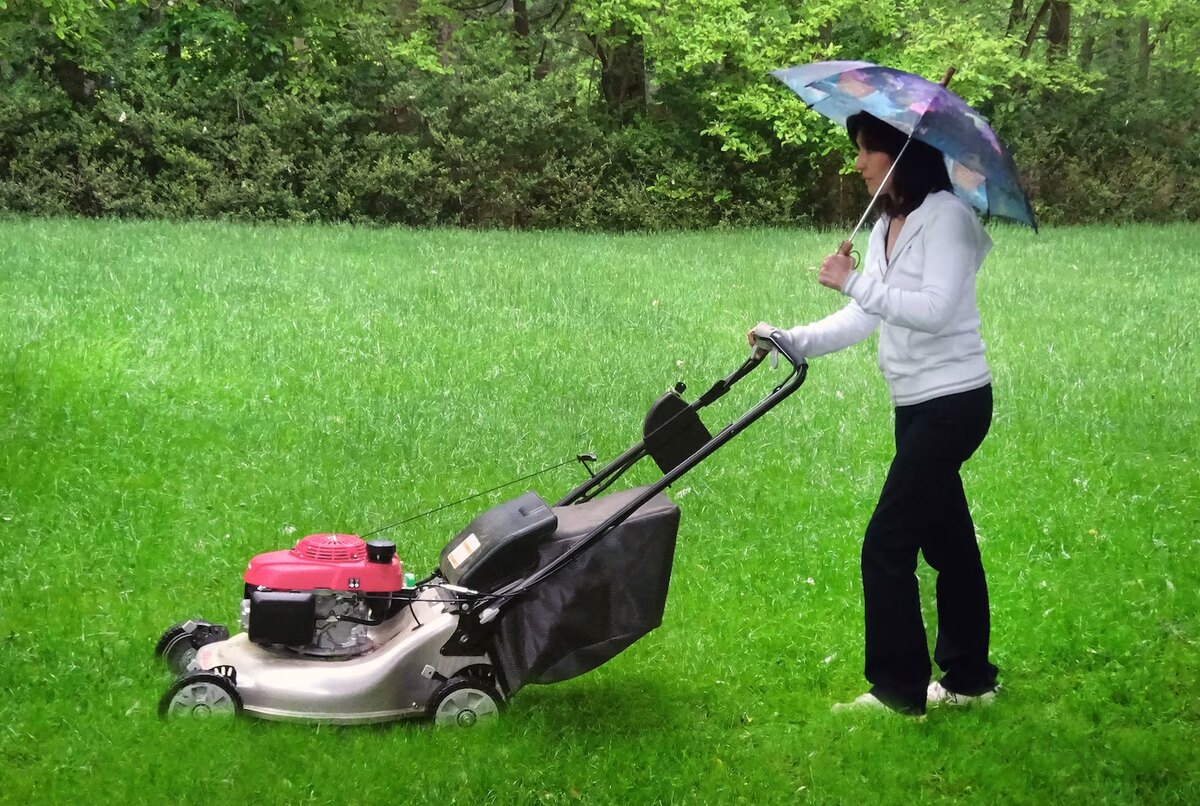
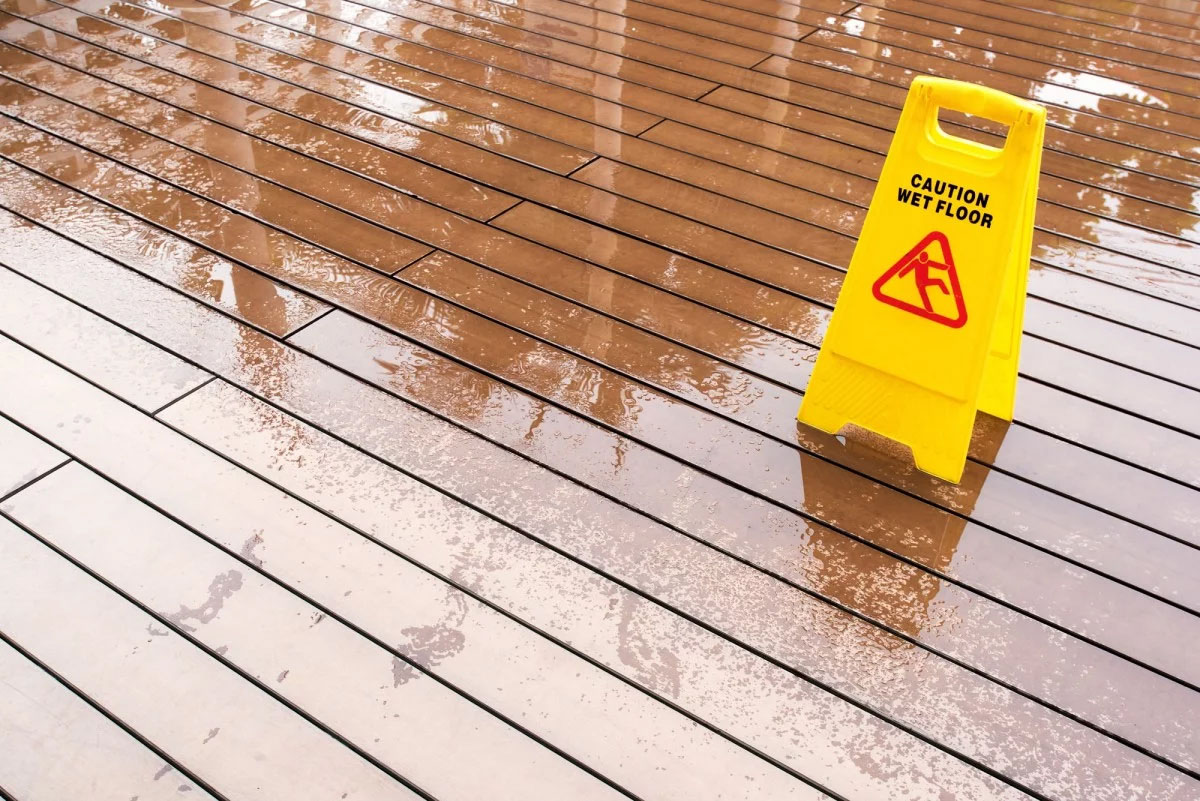
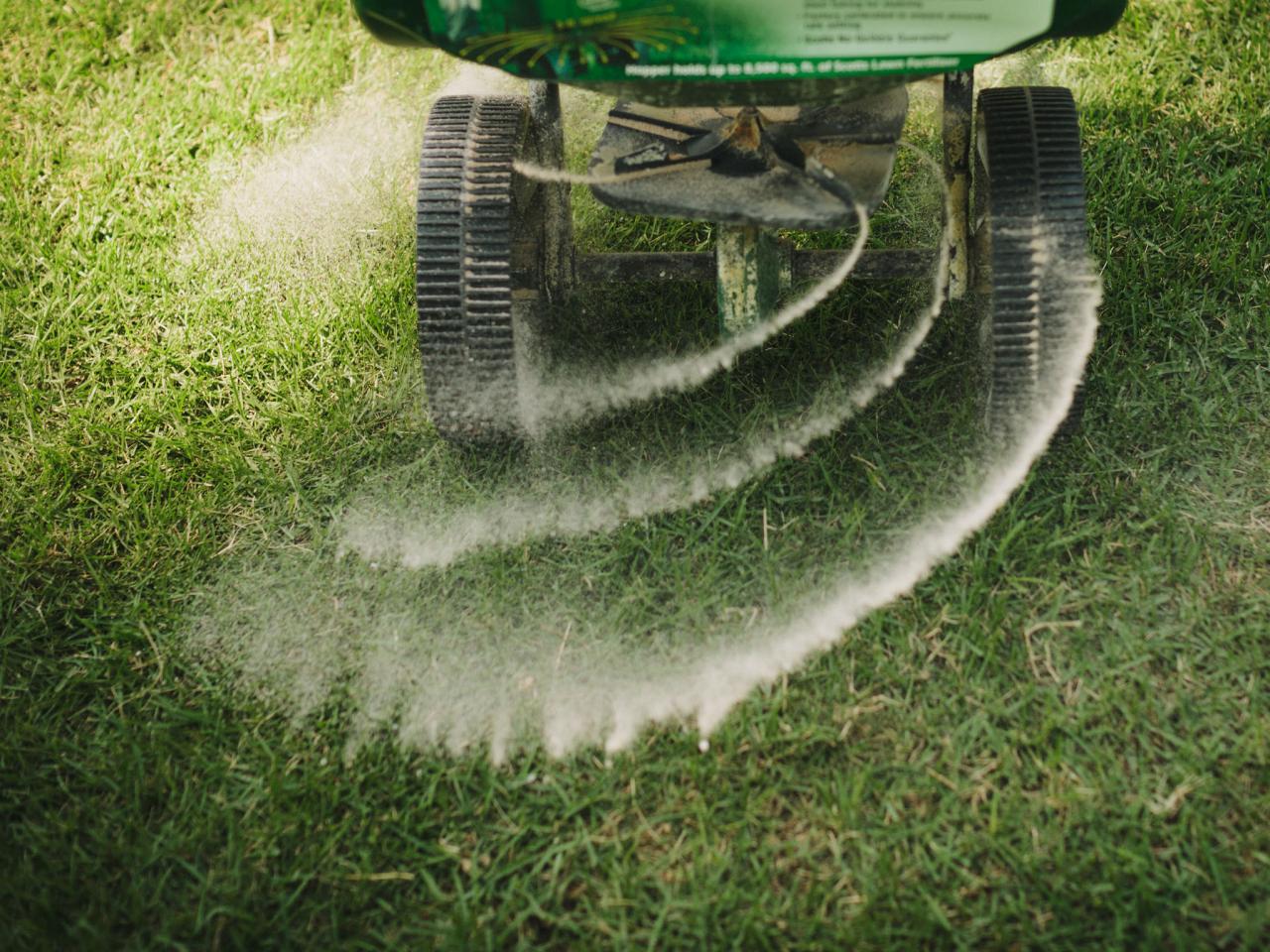
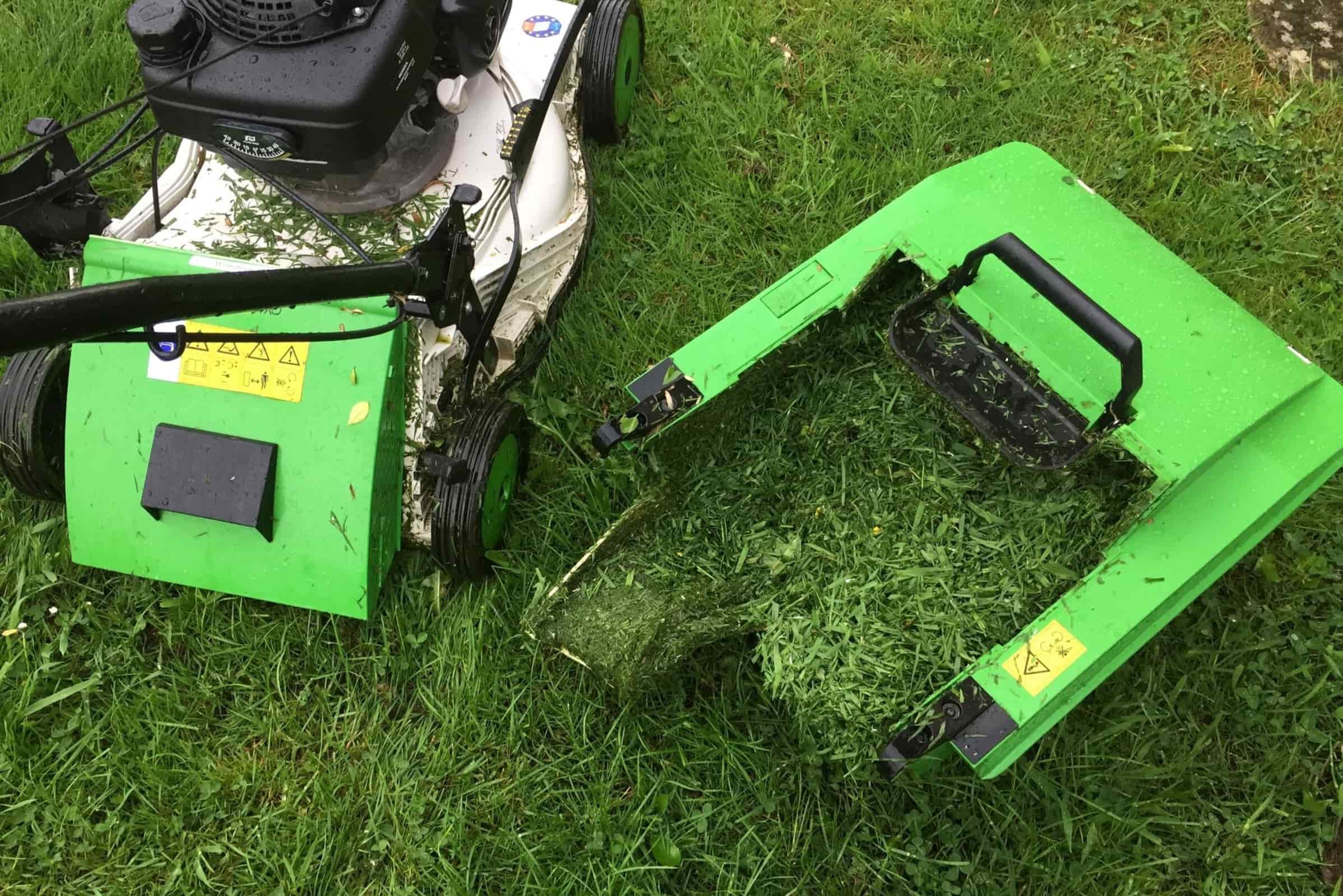
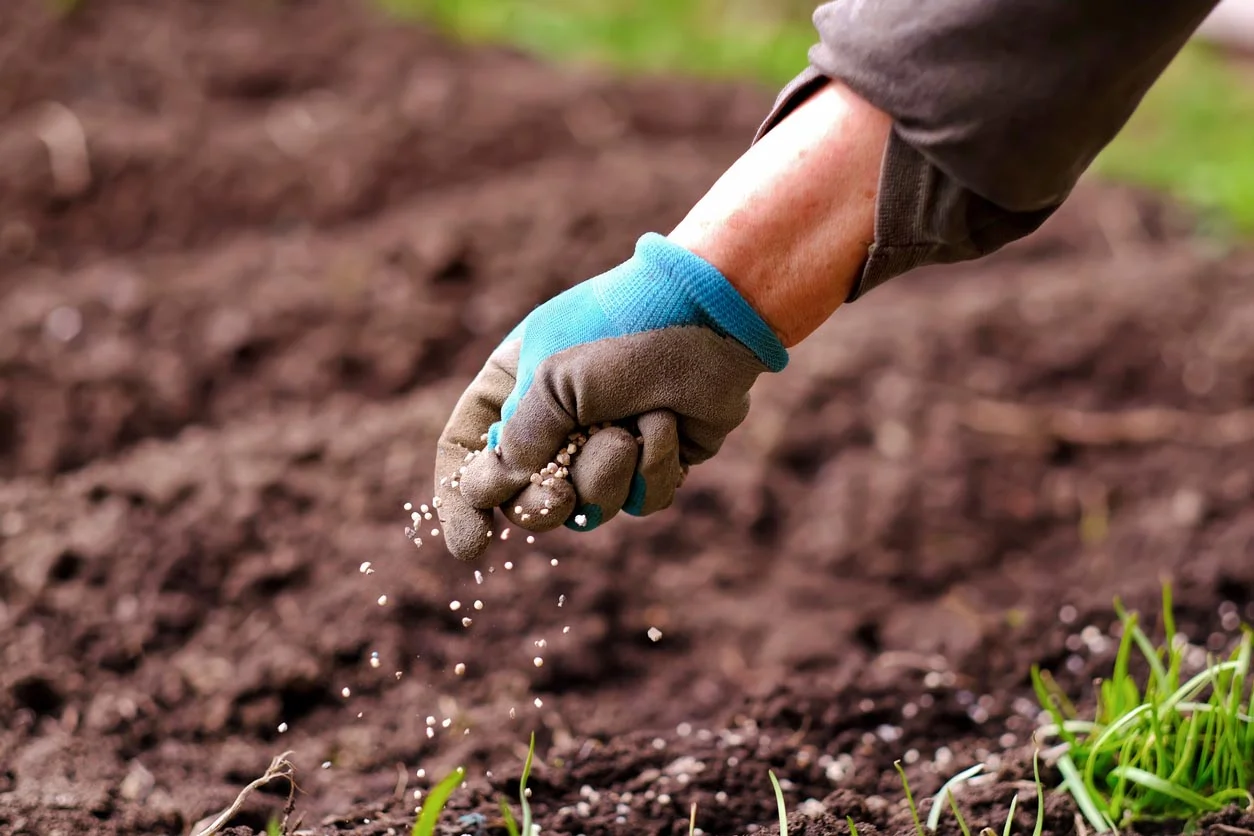
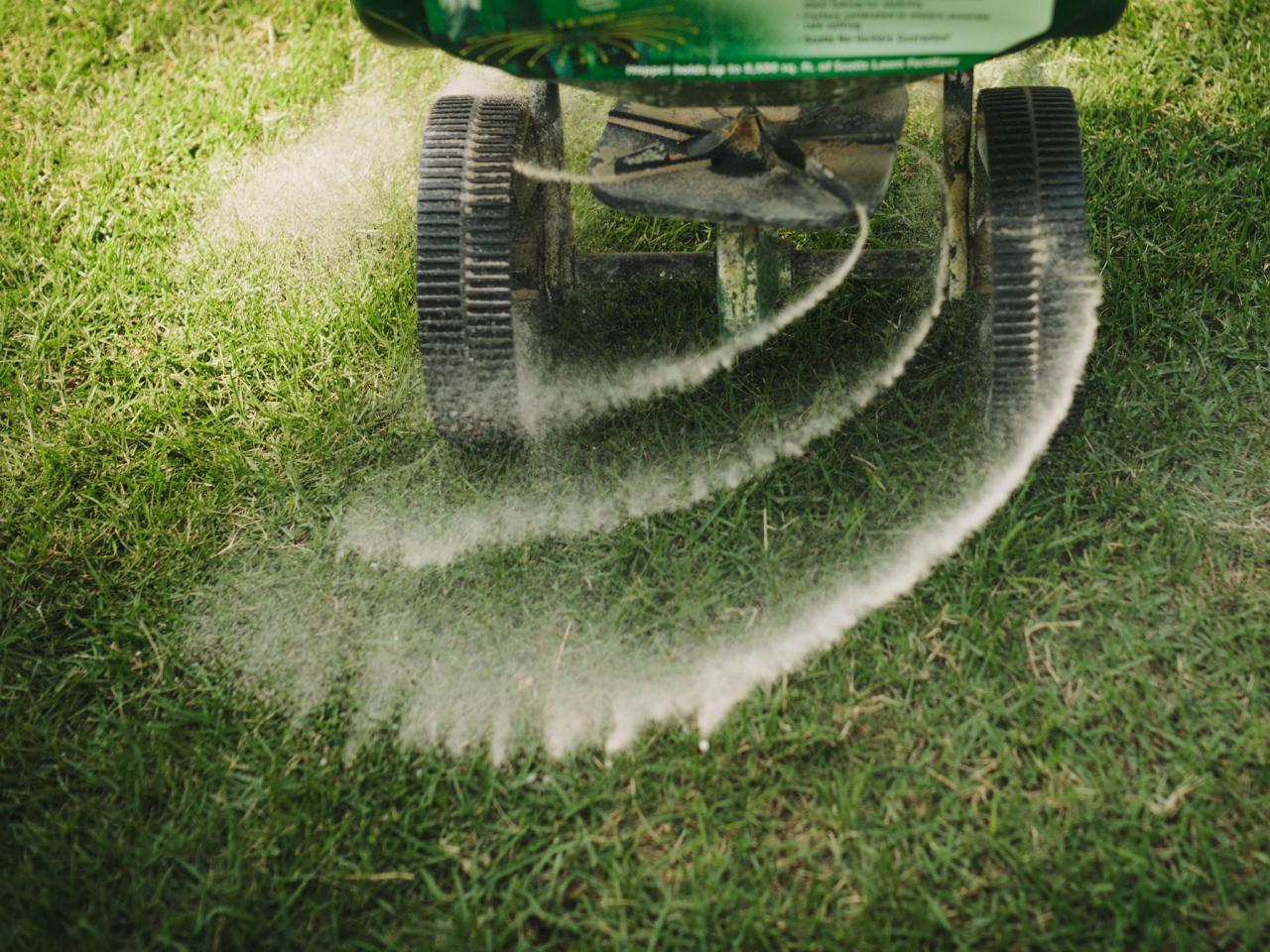
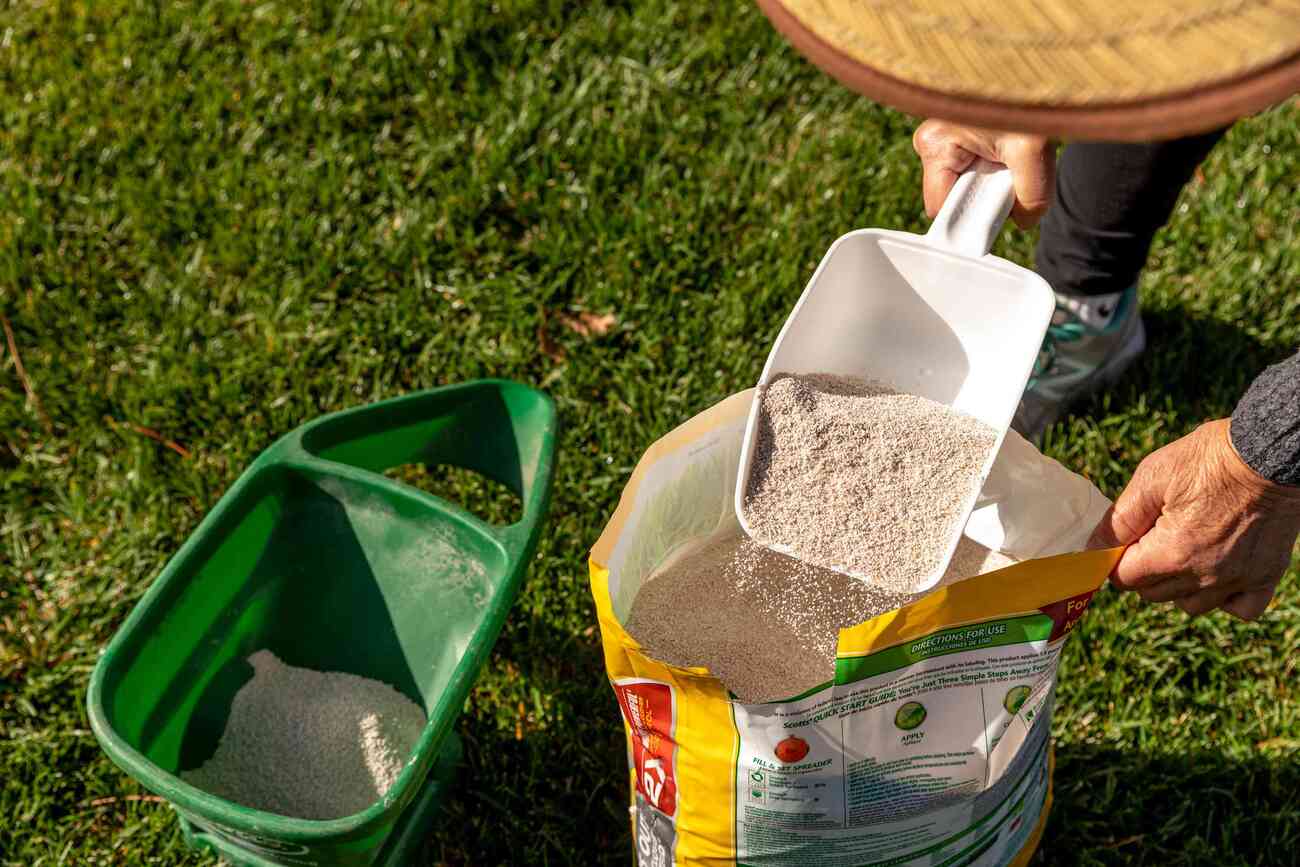
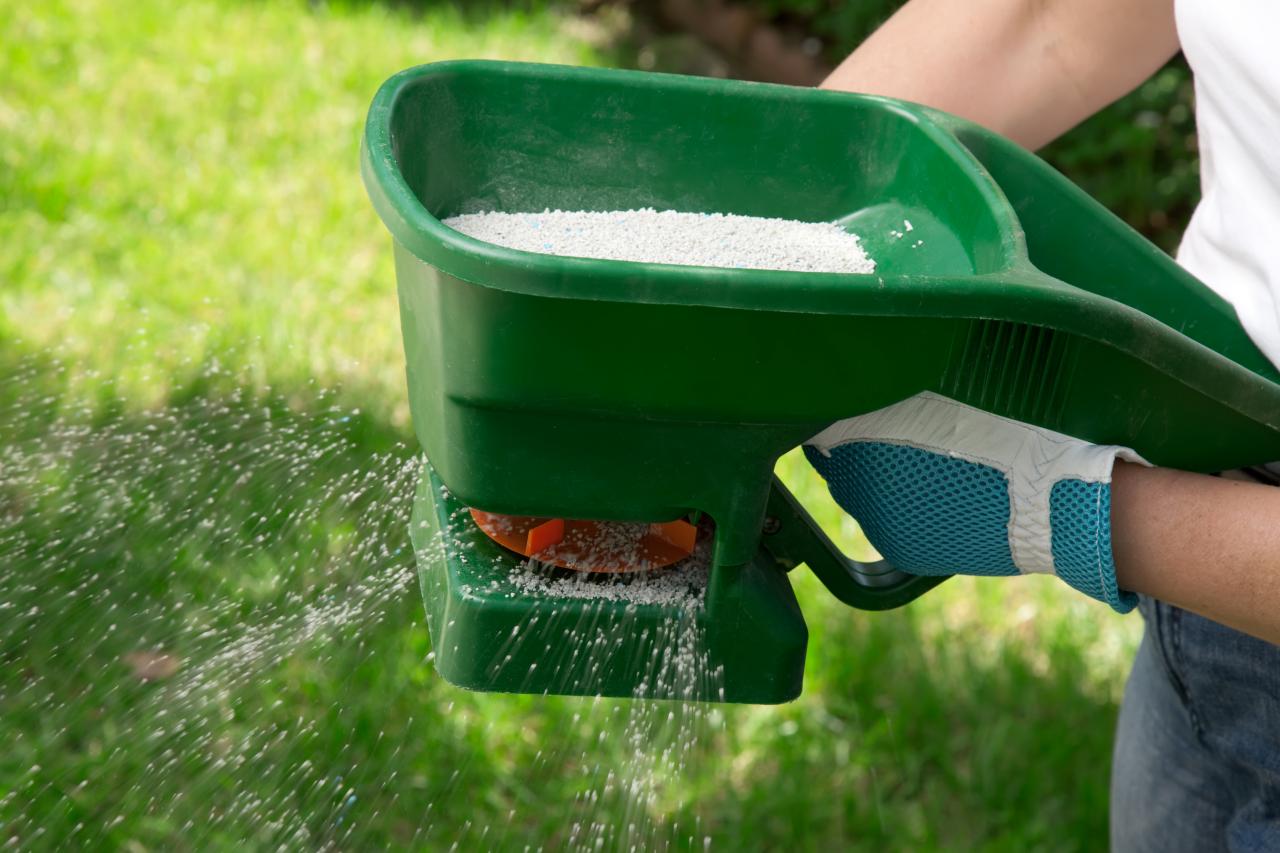
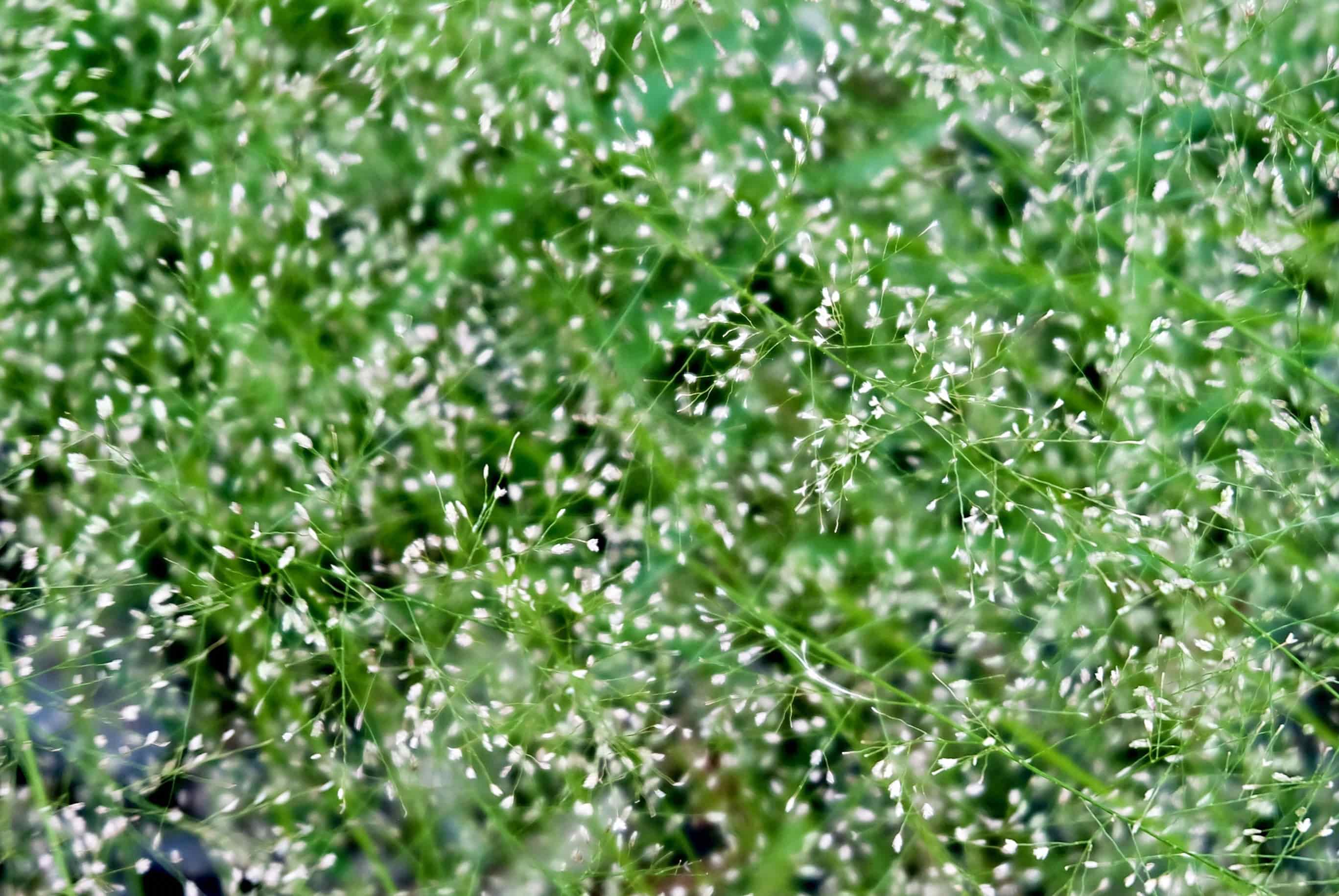

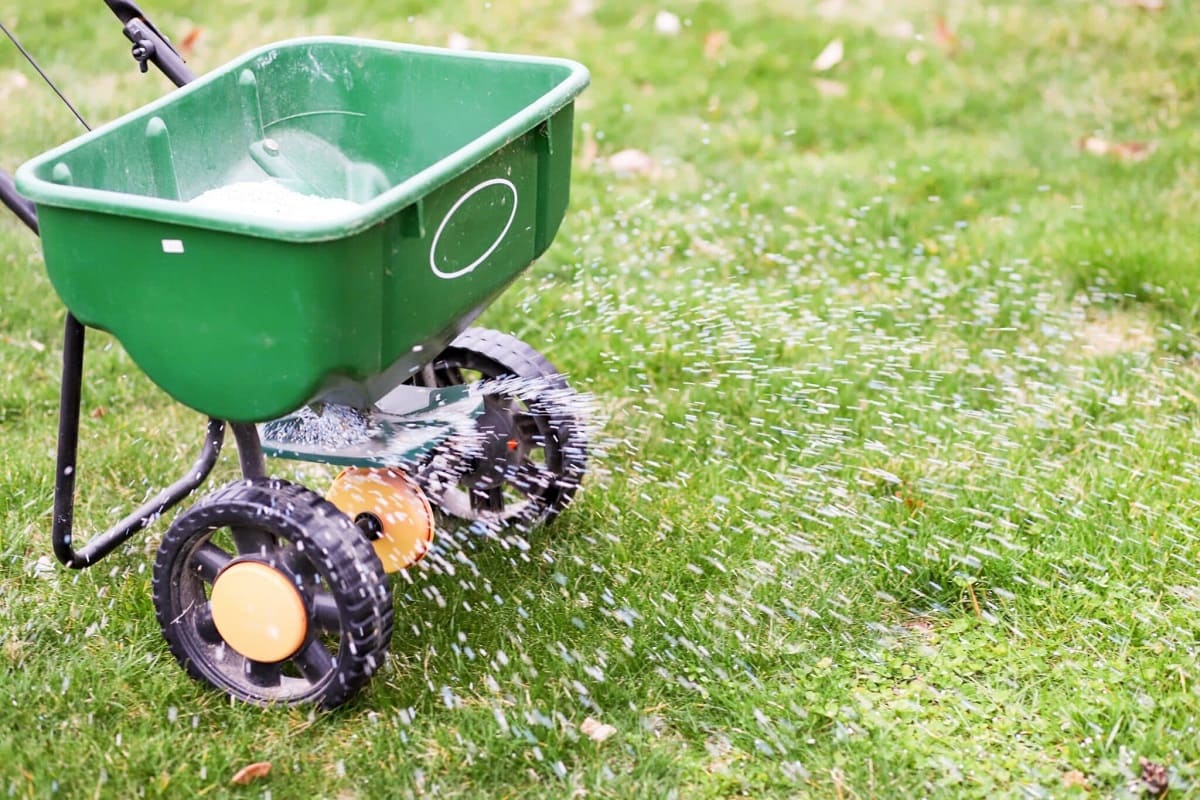
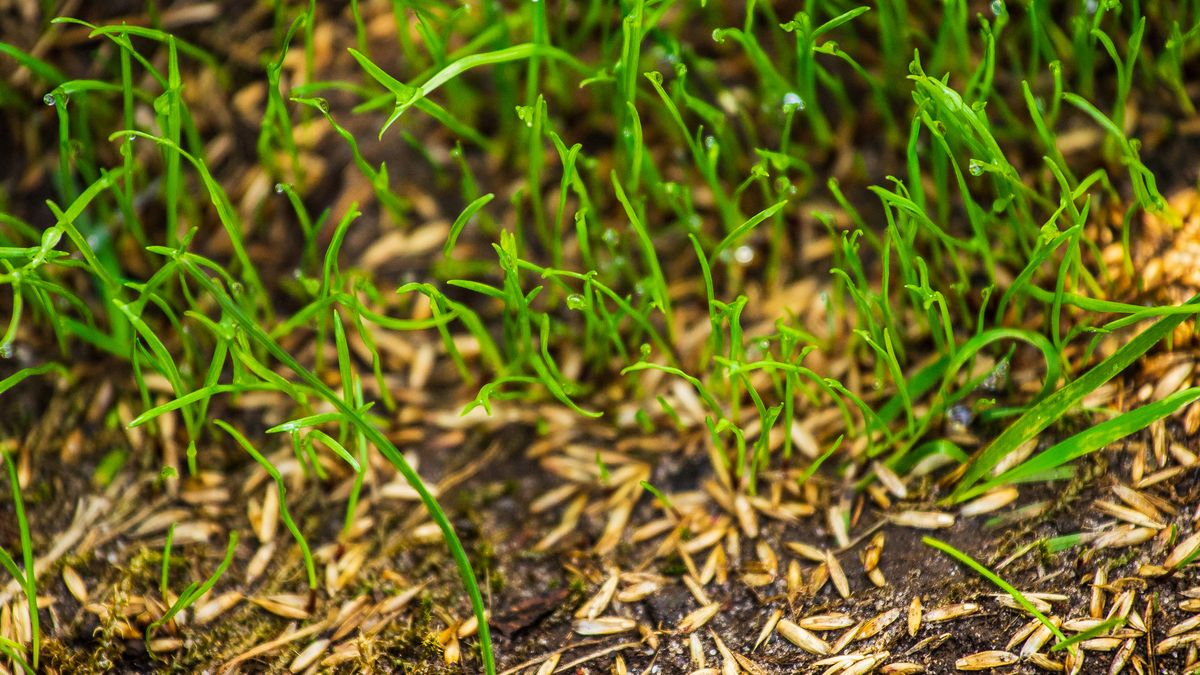
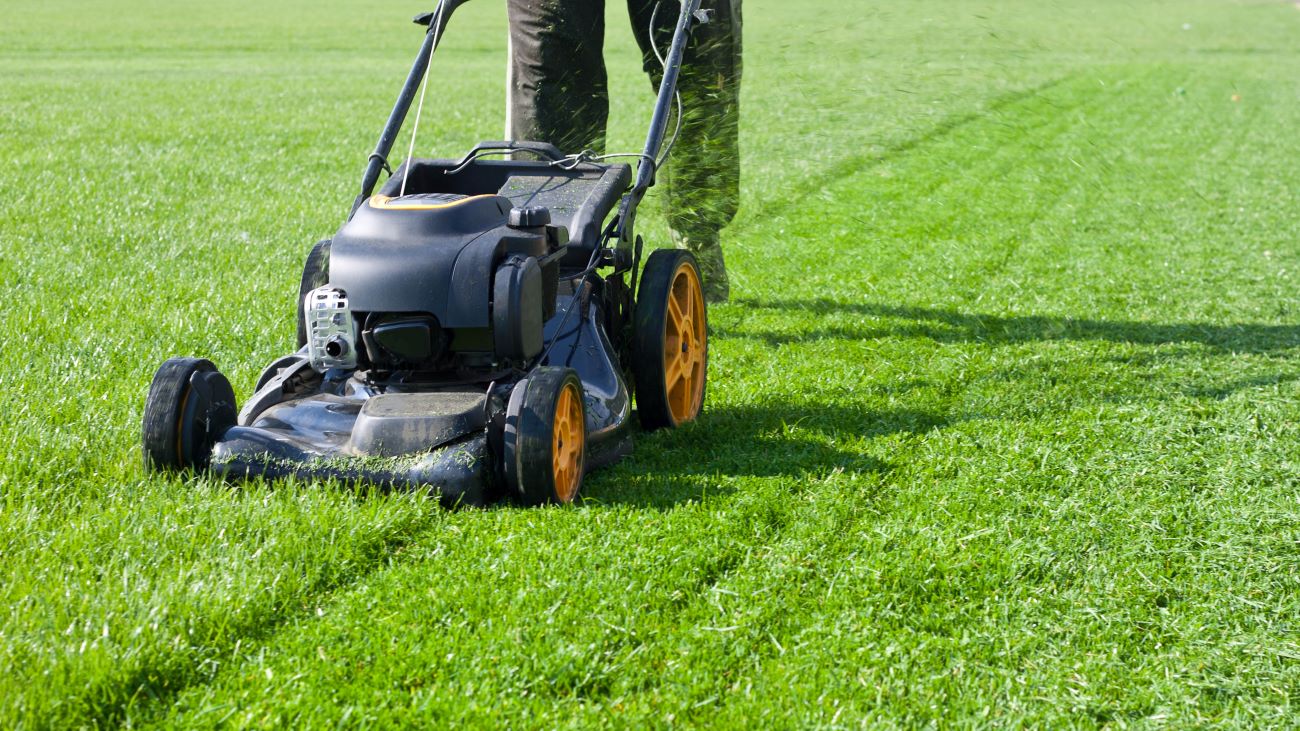
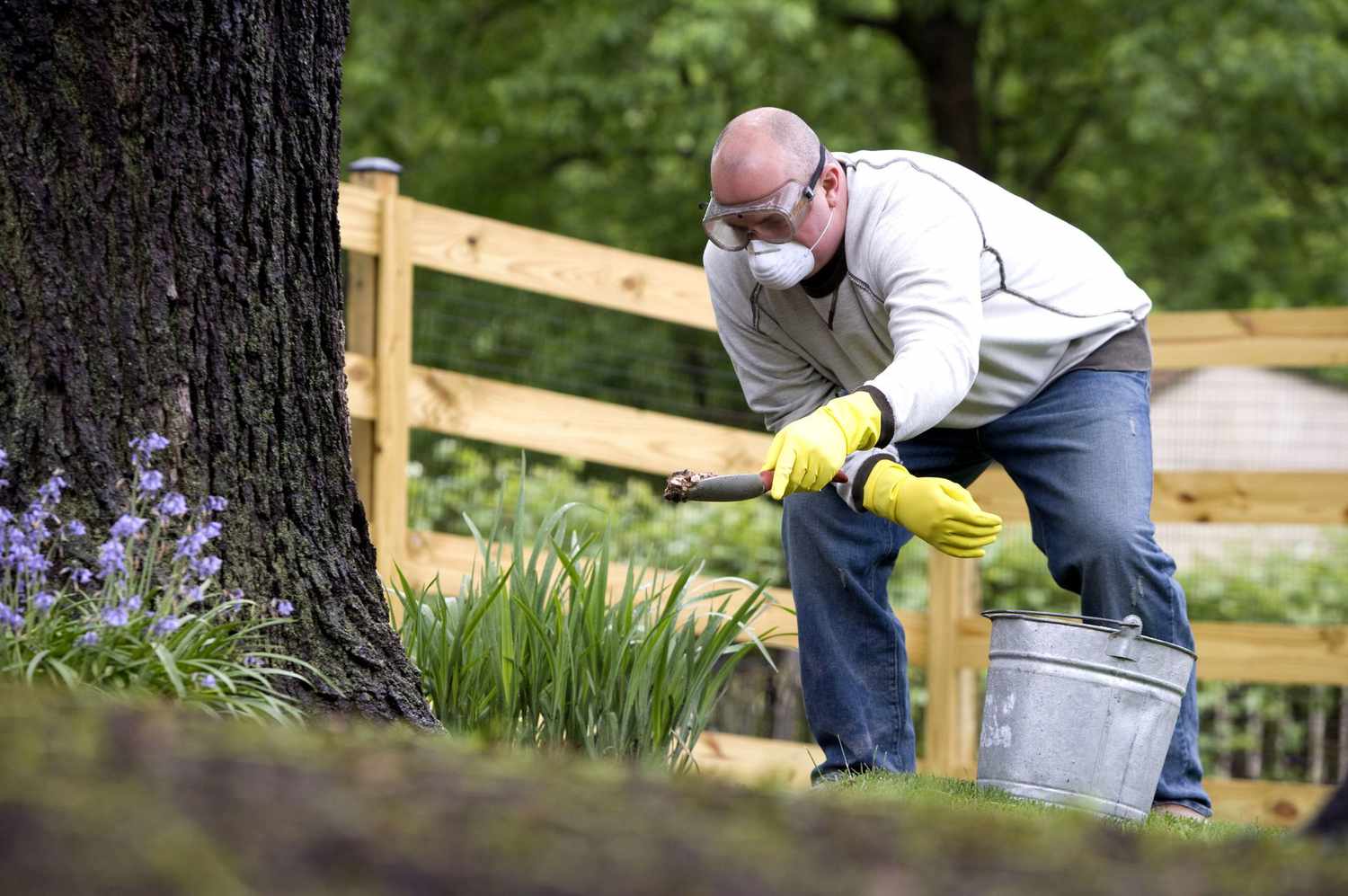

0 thoughts on “Can You Fertilize When Grass Is Wet”